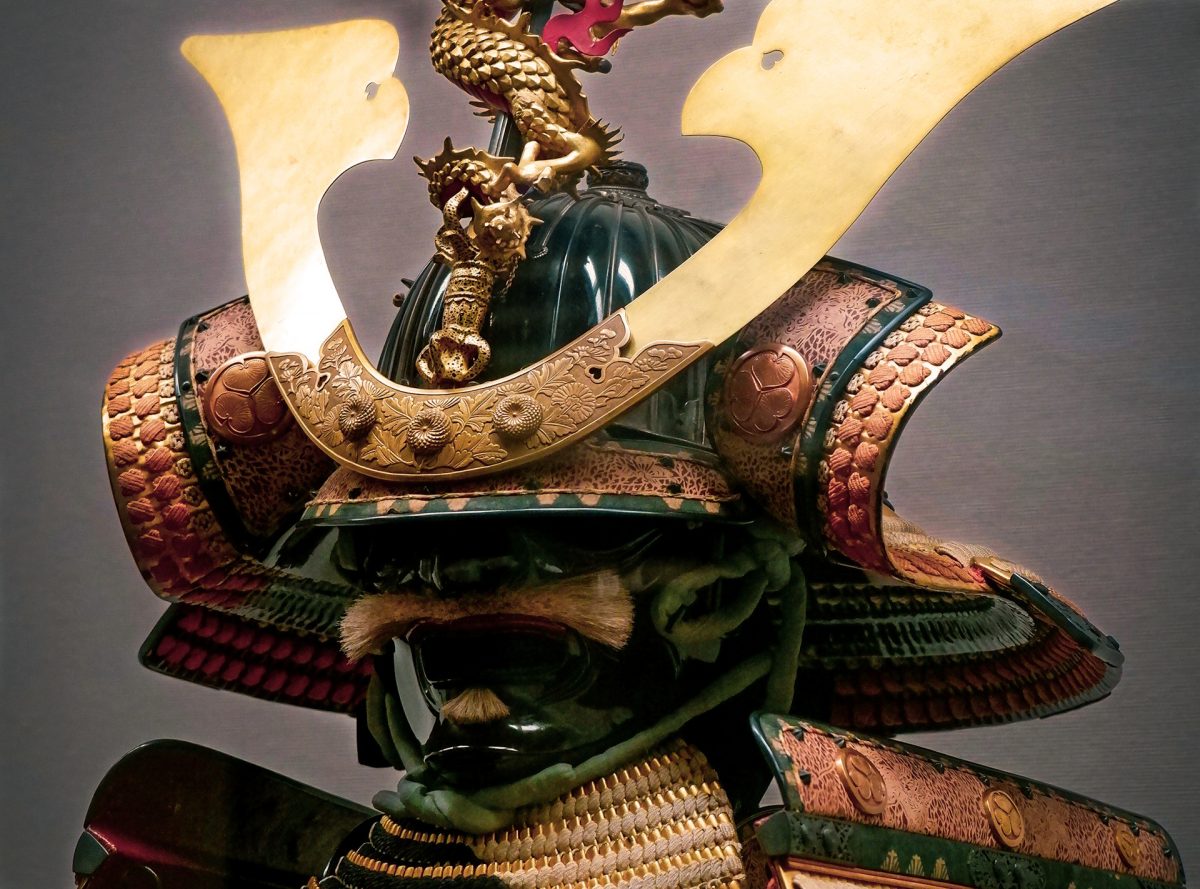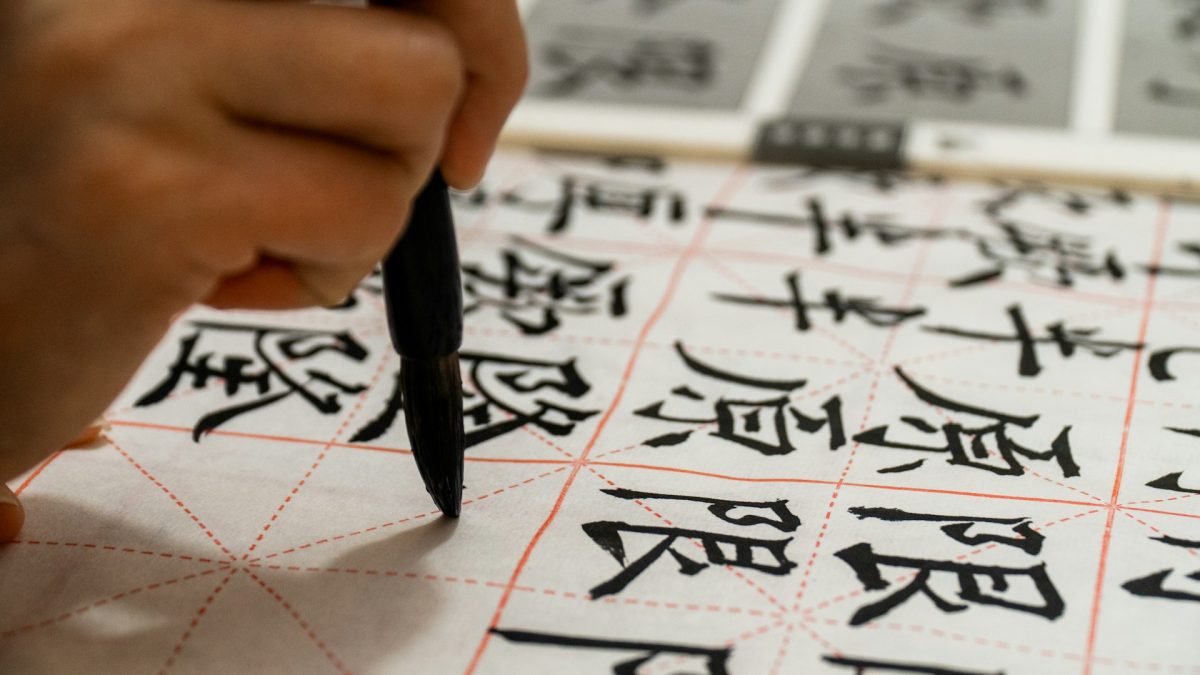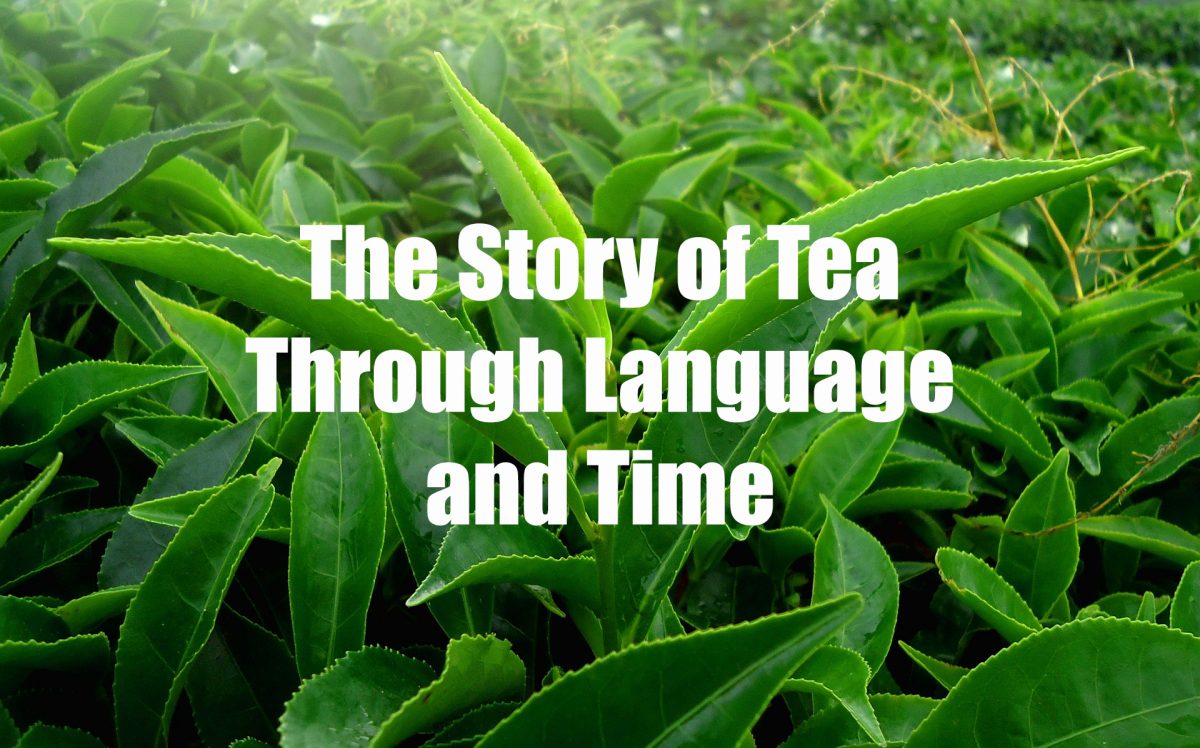
(*Linked or embedded content may have been removed or be unavailable.)
Maybe you celebrated International Tea Day on May 21st. Or, maybe you didn’t. Either way, let’s take this opportunity to trace the footsteps of how this now-ubiquitous drink spread throughout the world centuries ago and embark on an etymological journey through space and time to reflect on why the world is roughly split between those who call it something similar to “tea,” or something more like “cha.”
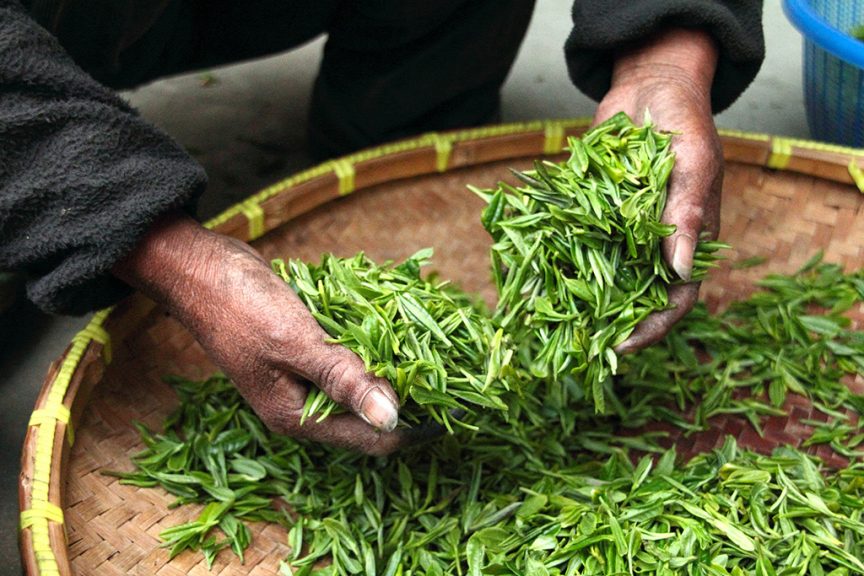
Imagine that you are a bunch of leaves from the Camellia sinensis plant. As the “sinensis” part of your name implies, you are a native of China, but since plants don’t stop at the border, you also grew in northeast India and north Myanmar. Consumption of your leaves, brewed as a drink, has been going on for at least 5,000 years. You’re even etched in legend, as your leaves fell into water being boiled for the mythical Chinese emperor Shennong to drink, producing a fragrant aroma that China and the world has since grown to love. Today, the only drink that people consume more than you globally is water. Yes, your archrival coffee has become a preferred drink in many countries, but when considering the world as a whole, tea is still king.
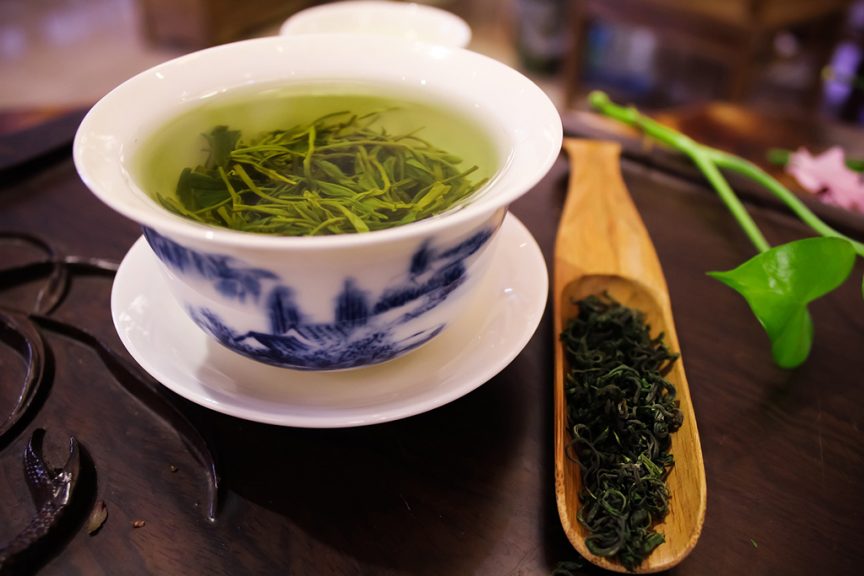
Contents
Your journey as “cha”
In the beginning, you were known by a variety of names and Chinese characters as each region had its own name for you, but from the Tang Dynasty onward, the central government essentially adopted the Cantonese name “cha” (茶) to refer to you. Successive Chinese dynasties used you for trade with neighboring countries, and you spread not only from Guangdong Province (where your name originated) but also from other trading centers around China. By then most people who knew you at all, knew you by the name “cha,” but not everybody (we’ll get to this later).
Tang Dynasty China saw the development of the Tea Horse Road, a network of trade routes and caravan trails crisscrossing southern China and into Myanmar and India, for the distribution of tea, silk and Buddhism. “Cha” from Yunnan and Sichuan provinces was transported to various regions, from the major population centers of Guangdong to Beijing, northward to Korea and Mongolia, west to Tibet, Turkey and the Middle East. Through overland trade routes like this, you became known as “cha” in Korean, Tibetan and Bangla, “chah” in Thai, “chè” in Vietnamese, “chai” in Hindi, Urdu, Arabic, Persian, Kyrgyz, Turkish, Georgian, Azerbaijani and beyond.
As for the islands of Japan, “cha” was brought back to that country by Japanese monks who were sent as emissaries to the Tang Dynasty, who introduced it to Japan along with Buddhism. There you are often referred to as “ocha” with the honorific o- in front, and have become an inseparable part of their culture.
The Russians came into contact with “cha” in 1567 when Cossacks sent emissaries to China and were given processed leaves to take home, and from there it spread to Eastern Europe. You are now called “chai” in Russian, Serbian, Croatian, Ukrainian, Slovenian, Slovakian, Czech, Bulgarian, Albanian and others.
The earliest “cha” to arrive in Western Europe came in the 1590s via the Portuguese, who traded at their colony in Macao and thereby adopted the Cantonese term that was spoken in Macao. So, to this day, Portuguese is the only Western European language to call you “cha,” and by extension, Brazil is the only nation in the Americas that refers to you by that name.
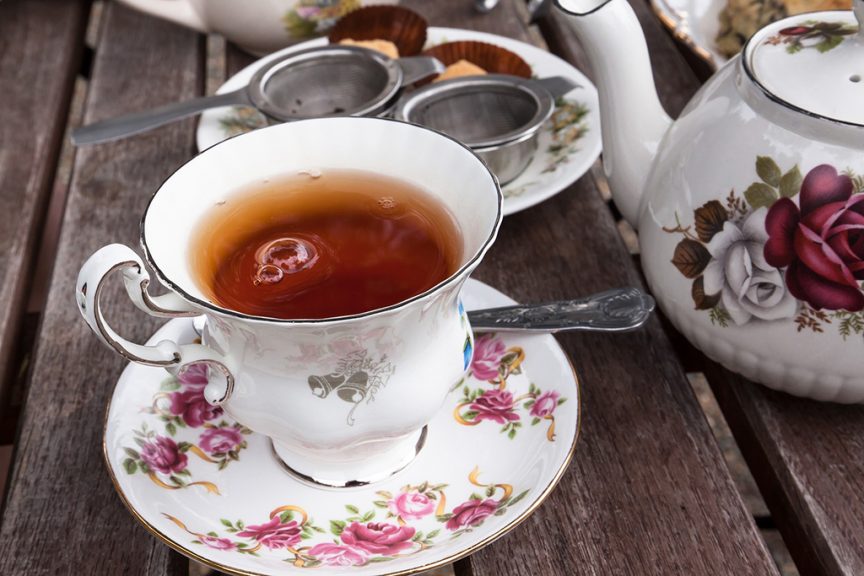
Your journey as “tea”
So, what about “tea” then? Who decided to call you that, and when? First we need to fast-forward a bit to the 17th century. This is when the Dutch brought home the name “thee,” derived from the “tê” pronunciation of Southern Min Chinese. You see, centuries ago the Chinese government was successful in standardizing the 茶 character used for your name, but various regions still continued to pronounce those same characters differently. Southern Min is one of those minority dialects spoken in Fujian province, a major production region of tea with a vast coastline making it ideal for trade by sea.
From the port of Xiamen (called Amoy Harbour back then) in Fujian province, and through Java, the Dutch East India Company established a robust tea trade, quenching the thirst for this new fashionable drink in The Hague, and introducing you into Germany, France, and across the Atlantic to New Amsterdam (New York). It wasn’t until the 18th century that tea became widely consumed in Great Britain due to cost. And here, it would evolve from “only water with a kind of herb boyled in it,” to something more complex by adding sugar and milk to black tea.
Around this time, you also played a part in changing the course of history, as the Tea Act of 1773 sparked the Boston Tea Party and the subsequent chain of events that would culminate in the American Revolution.
The tea trade route by sea spread your name as “teh” in Malay and Indonesian, “thé” in Sinhalese and French, “thee” in Dutch, “té” in Spanish, Catalan and Galician, “te” in Danish, Icelandic, Norwegian, Swedish, Welsh and Maltese, “Tee” in German, “tea” in Tamil, English, Hungarian and Basque.
Two different routes, two different names, some outliers and trivia
As we’ve retraced through history, what you’re called today differs by how you got here. For the most part, you’re either “tea if by sea, cha if by land.” But there are some interesting exceptions (aside from Portuguese).
Your names in Polish, Lithuanian and Belarusian, are “herbata,” “arbata” and “harbatu” respectively. They’re sort of similar, but are nothing like “tea” or “cha.” Etymological sleuths have deduced that these three names are likely to have derived from the Dutch “herba thee” (tea herb), while some others believe they come from Latin “herba thea.” Either way, it’s interesting how the “tea” part was shortened while emphasis was placed on the “herb” part of the name.
The Burmese name for tea, “lakhpak” is an indigenous term unrelated to “tea” or “cha,” but as we mentioned at the beginning, tea’s relationship with Myanmar goes back millennia, so perhaps it’s befitting that they would have their very own thing going with the name.
The Japanese term for the color brown is 茶色 (chairo). Literally tea-color. Problem is, in most cases where Japanese people refer to お茶 (ocha) the drink, they’re talking about 緑茶 (ryokucha; green tea). And the common brownish Western tea is called 紅茶 (kōcha; red tea). So be sure to get your colors straight when talking about 茶 in Japan.
Thank you for role playing with us. Perhaps the next time you sit down and relax with a cup of tea, you’ll enjoy savoring the history as well as the taste of it.
Douglass McGowan





